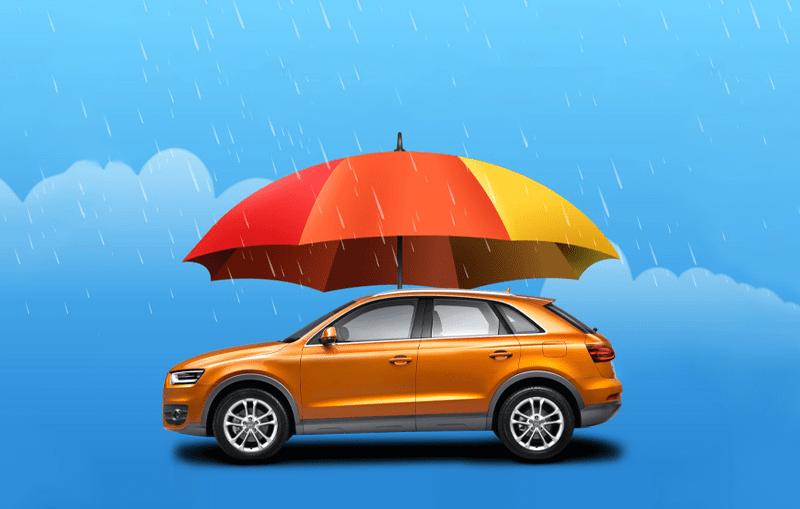Rain-soaked roads, thundering skies, and city streets that turn into rivers in minutes— monsoon driving in India is more than just a seasonal pattern. It’s an annual maze, filled with potholes that vanish beneath muddy water, honking chaos, and stuck engines. If you live in or around cities like Gurgaon, you’ve probably experienced it firsthand. The streets flood, traffic snarls swell, and suddenly, your daily 30-minute drive turns into a 3-hour survival test.
So before the next downpour traps you in a jam or worse, inside a flooded car, read these 10 critical tips. Trust me, these aren’t just rules—they’re practical lessons from real monsoon messes.
Timeline of Events
Gurgaon saw one of its worst traffic jams this week, following heavy showers that began late Tuesday night. Residents woke up to water waist deep in some underpasses, with images circulating of cars submerged, abandoned, and hazards blinking in confusion. Commuters reported delays lasting several hours, as emergency response struggled to reach multiple locations amid rising water.
All of this unfolded within hours. The aftermath? Dozens of stalled vehicles, road closures, and frustrated residents. Perhaps more than anything, it served as a powerful reminder—driving in monsoons requires caution, not confidence.
Official Statements
“Using hazard lights while driving is a dangerous trend that adds to confusion. These lights are strictly for parked or immobile vehicles in distress,” said a senior Delhi Traffic Police official when asked about monsoon traffic behaviours affecting visibility.
City authorities have urged residents to stay informed about weather alerts and to explore routes before stepping out, especially early in the morning when rain runoff hasn’t been cleared.
10 Must-Follow Monsoon Driving Tips
1. Steer Clear of Hazard Lights in Motion
Here’s the thing—turning on your hazard lights in the rain doesn’t make you safer. It makes you harder to read. Other drivers might mistake them for braking or lane change signals. Stick with low-beam headlights and fog lamps to stay visible without confusing those behind you.
2. Don’t Challenge Flooded Roads
Just because the car ahead made it doesn’t mean yours will. Water over ankle height can enter the exhaust and engine bay, leading to hydrostatic lock or a flooded interior. If you can’t judge the depth, take a safer detour.
3. Never Start a Submerged Car
Tempting as it might be, don’t try to start your car if it’s been under water, even partially. Doing so can cause catastrophic engine failure via hydrolock. Instead, step away and reach out to your insurer or roadside assistance (RSA).
4. Carry Essentials For Long Jams
You might not plan on being stuck, but rains don’t check calendars. Keep bottles of water, dry snacks, and a charged power bank in your vehicle. These small preparations can make all the difference if traffic halts for hours.
5. Pick Parking Spots Wisely
Monsoon wind is unpredictable. Trees you trust during sunshine can drop heavy branches or even topple. Avoid parking under them. Also, check your sunroof. A clogged drain or faulty seal can leave your car’s interior soaked before you even realise it.
6. Emergency Escape Hammer – Yes, Really
It might feel extreme, but a glass-breaking hammer in your glove box can save lives. If the car locks in an accident or gets submerged, breaking a window may be your only way out. Invest in one—just tuck it beside the seat or in the centre console.
7. Tyres: Trust the 3mm Rule
Your tyres are your first defence. Low tread equals low grip. Use a coin or tread gauge to check. Anything less than 3mm can cause aquaplaning, where your tyres float on water, not road. If your tyres look tired—they are.
8. Clean Wipers = Clear Vision
Old blades smear, skip and squeak. They also leave you half-blind in bad rain. Replace them if needed and always top up washer fluid. Mud and grime from truck spray can coat your windshield fast. Don’t let it blind you midway through traffic.
9. Don’t Let Fog Win
A fogged-up windshield is more than irritating—it’s unsafe. Switch on the rear defogger and use the AC in re-circulation mode to bring down humidity. But don’t blast cold air directly on the windshield—it can worsen the fog. Keep it gradual.
10. Keep Help on Speed-Dial
Have your RSA, insurance, and dealership contact saved. Jot down details of a nearby garage if you’re travelling cross-city. A dead phone during a breakdown? Nightmare. Carry a power bank and keep someone informed of your route during longer drives.
Community Response
The social media reaction this week said it all—images of floating taxis, stranded bikes, and passengers climbing over barricades. Residents were vocal in their concerns but also quickly tapped into sharing useful updates:
- Live route updates via groups and Telegram channels
- Garage and mechanic contact sharing
- Pooling rides whenever possible
People frustrated by past city responses are now taking monsoon prep more seriously. It’s no longer just about escape—it’s about planning ahead.
What’s Next?
Authorities have promised improved drainage and quicker response this season, but much of the burden still rests on drivers. Better prep, sharper awareness, and holding back from risky instincts can go a long way.
Rain will be rain. But your readiness? That’s in your hands.
If you’ve had a tricky monsoon experience on the road or came across a helpful hack that’s not so common, share it in the comments below. These road truths keep more than just your car safe—they keep entire journeys smoother.
Final Checklist To Keep In Your Car This Monsoon:
- Water bottles and snacks
- Glass-breaking hammer
- Charged power bank and USB cords
- Towel or microfiber cloth to wipe fogged windows
- Printed list of emergency contacts
When clouds roll in and roads disappear beneath water—don’t gamble. Stay updated, be cautious, and above all, drive like every puddle is deeper than it looks. Because sometimes, it really is.

